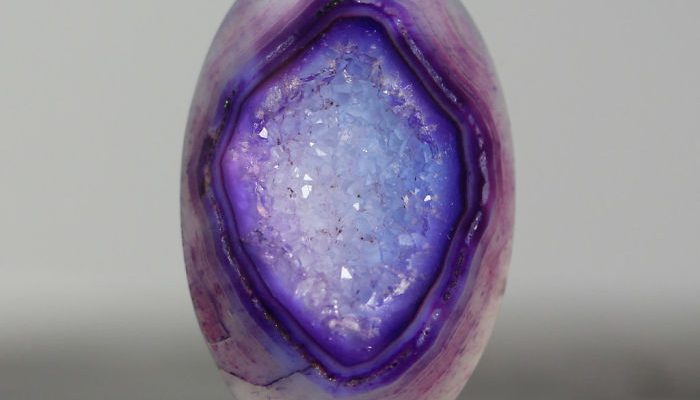
Minerals are the building blocks of our planet, each possessing unique characteristics that allow us to distinguish one from another. As avid explorers of Earth’s geological wonders, it is crucial to understand the seven key properties that aid in the identification of minerals. In this comprehensive guide, we will delve into these properties, providing you with a deeper understanding of how to identify minerals accurately and confidently.
- Color:
Color is often the first property that catches our attention when examining minerals. While it can be a helpful initial clue, relying solely on color can be misleading. Many minerals exhibit a wide range of colors due to impurities or variations in chemical composition. Therefore, it is essential to consider other properties to confirm a mineral’s identity. - Streak:
Streak refers to the color of a mineral’s powdered form. By rubbing the mineral against a porcelain plate, we can observe its true color. Streak color is often more consistent than the external color, making it a valuable property for identification. For example, hematite, despite its various external colors, always leaves a reddish-brown streak. - Hardness:
Hardness is a mineral’s resistance to scratching. Friedrich Mohs devised a scale from 1 to 10, known as the Mohs scale of hardness, to compare minerals’ relative hardness. Talc, the softest mineral, has a hardness of 1, while diamond, the hardest, has a hardness of 10. By testing a mineral’s hardness against known minerals, we can determine its place on the Mohs scale, aiding in identification. - Cleavage and Fracture:
Cleavage describes how a mineral breaks along planes of weakness, producing smooth, flat surfaces. Fracture, on the other hand, refers to irregular or uneven breaks. These properties are influenced by the internal arrangement of atoms within a mineral. For instance, mica exhibits perfect cleavage, separating into thin, flexible sheets, while quartz displays a conchoidal fracture, resulting in curved, shell-like surfaces. - Luster:
Luster refers to the way light interacts with a mineral’s surface. It can be described as metallic, vitreous (glass-like), pearly, silky, or dull. Luster provides valuable clues about a mineral’s composition and can help differentiate between similar-looking minerals. For example, pyrite has a metallic luster, resembling gold, while calcite has a vitreous luster, similar to glass. - Specific Gravity:
Specific gravity measures the density of a mineral compared to the density of water. It helps distinguish between minerals with similar appearances but different compositions. For instance, gold and pyrite may appear similar, but gold has a much higher specific gravity due to its denser nature. - Crystal Form:
Crystal form refers to the geometric shape in which a mineral naturally grows. Each mineral has a characteristic crystal structure, which can be observed under a microscope or macroscopically. Identifying crystal form aids in distinguishing between minerals with similar properties. Quartz, for example, commonly forms hexagonal prisms, while halite forms cubic crystals.
Conclusion:
By understanding and utilizing the seven key properties for identifying minerals – color, streak, hardness, cleavage and fracture, luster, specific gravity, and crystal form – we can unlock the secrets hidden within Earth’s diverse mineral kingdom. Armed with this knowledge, we can confidently explore, study, and appreciate the remarkable wonders that lie beneath our feet.

